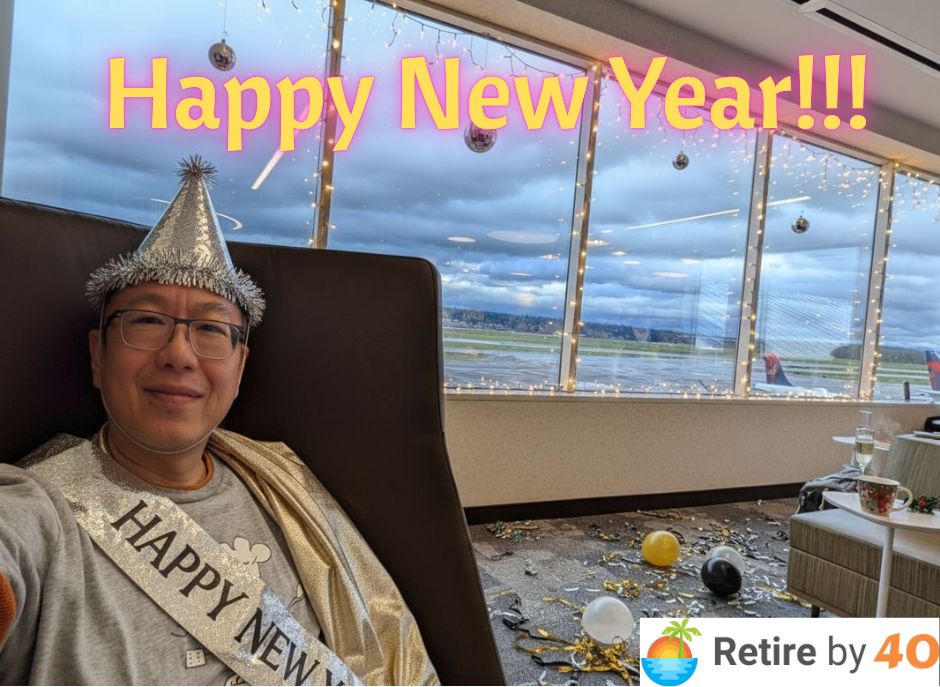Sadly, implementing a digital asset management (DAM) platform isn’t as easy as simply picking a vendor. Vendor selection isn’t, or shouldn’t’ even be the beginning. Before you start reaching out to schedule demos (read our demo guide), your team should put a good amount of thought into how you’ll adopt your new DAM platform, and more importantly, what you’re trying to solve by launching a DAM. This process demands planning, significant investment in time, and a clear understanding of your organization’s needs and capabilities. Before diving headfirst into the world of DAM, there are several crucial considerations your team should be thinking about.
- Leadership and Roles
Before embarking on your DAM journey, it’s imperative to establish clear leadership and define DAM roles within your organization. Who will oversee the implementation and ongoing management of the DAM platform? Identifying the owner of the DAM, along with their job title and responsibilities, is essential for accountability and decision-making. While it’s important to have a lot of cooks in the kitchen when it comes to understanding the diverse needs of users across different departments , when it comes to ownership, there should be a clear head chef. If your organization doesn’t have a digital librarian or digital asset manager, consider appointing someone to be responsible for curating and maintaining the asset repository.
- Governance and Support
Effective governance is critical for ensuring the integrity and security of your digital assets. Establishing clear guidelines and protocols for access, usage rights, and permissions is paramount. Your DAM solution should empower teams to access the assets they require while preventing unauthorized access or misuse.
Providing robust support mechanisms is essential for user adoption and satisfaction. Determine where users should go with questions or issues related to the DAM platform. Offering comprehensive training and ongoing support will mitigate frustration and encourage active engagement with the system.
- Objectives and Use Cases
Before selecting a DAM platform, it’s essential to articulate your organization’s specific goals and objectives. What challenges are you seeking to address with the implementation of a DAM solution? Interview stakeholders and gather use cases and user scenarios. These insights can help make the case for a DAM platform with your leadership team and help you understand the goals during implementation.
Focus on understanding the underlying problems rather than fixating solely on desired features. By identifying core business requirements, you can align your DAM strategy with tangible outcomes and measurable success metrics.
If your team is looking to streamline and automate workflows in the DAM, know the various stages of your projects and how you expect the tasks to seamlessly flow from one step to the next. No matter how great tools automation and workflow tools are, they will require you to have those processes detailed before building them out in the DAM.
- Taxonomy and Metadata
Establishing a clear taxonomy and metadata framework is fundamental to the effectiveness of your DAM solution. How will you categorize and organize your digital assets for easy retrieval? Take the time to collaboratively develop a taxonomy that reflects the needs and preferences of your users.
While AI technologies can aid in automating metadata tagging, human input and consensus-building are essential for ensuring accuracy and relevance in your taxonomy. Engage stakeholders from various departments to iteratively refine your taxonomy and folder structure to maximize findability and usability. Think of your folder structure in terms of hierarchical metadata and try to construct it in a way that both helps with search and is intuitive for those browsing to find the assets they need.
- Content Strategy and Storage
Deciding what types of assets to store and how to manage them is a critical aspect of DAM implementation. Will you store all digital assets, including work in progress and AI-generated content? Consider implementing processes for reviewing and categorizing assets to maintain quality and relevance, and to cut down on search clutter.
Does your organization have a preferred cloud storage provider? Make sure you create your short list for vendor demos based on who can deploy where needed. Your team should also consider leveraging cold storage solutions for archival purposes or create a process for establishing an archive. For example: move all assets that haven’t been downloaded in X years to archival storage. Implementing effective content lifecycle management processes will prevent your DAM from becoming cluttered and unwieldy over time.
- Implementation and Consensus Building
Implementing a DAM platform is not a one-time event, but rather a phased approach that requires careful planning and execution. Take your time to roll out the platform in stages, allowing for iterative improvements and adjustments based on user feedback.
Moreover, ensure that all stakeholders have a voice in the decision-making process. Seeking consensus on major decisions and actively involving users in the implementation will foster ownership and buy-in, ultimately driving adoption and success.
Implementing a DAM platform is a multifaceted endeavor that demands thorough preparation, thoughtful consideration, and strategic execution. By addressing key considerations such as leadership roles, governance and security, user needs, taxonomy, content strategy, and consensus-building, organizations can pave the way for a successful DAM implementation that transforms their digital asset management workflows and enhances overall productivity and efficiency. Remember, the journey toward effective DAM implementation may be complex and time-consuming, but the rewards of streamlined asset management and improved collaboration are well worth the investment.
To learn how Orange Logic can help your team implement an intelligent DAM solution, schedule a call today!
Publisher: Source link











